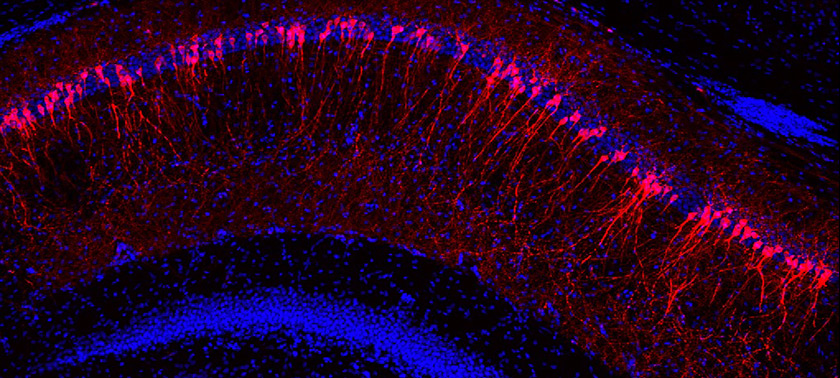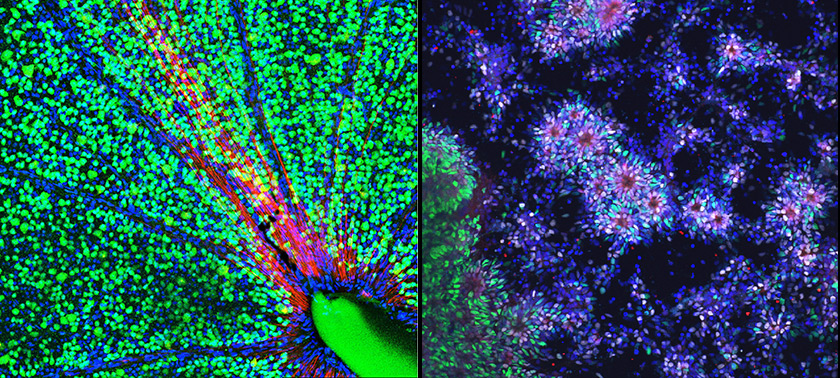Departmental Faculty
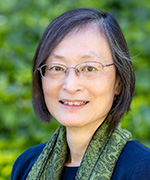
Associate Professor
hnanderson@health.ucdavis.edu
Anderson's research is on medical education. She is interested in developing and disseminating undergraduate medical education materials in foundational sciences such as genetics and gross anatomy as well as educational theories and pedagogies.
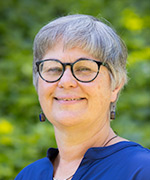
Professor
nlbrown@health.ucdavis.edu
The Brown lab uses mouse and in vitro models to investigate the genetic pathways underlying mammalian eye formation. This research will contribute to a better understanding of congenital eye diseases and ultimately inform stem cell therapies to correct vision loss. Currently, our primary research focus is to understand the earliest steps of ocular morphogenesis, optic nerve head formation, and astrocyte specification and differentiation.

Professor
meburns@health.ucdavis.edu
The Burns lab examines the biochemical and biophysical properties of signaling in photoreceptors, as well as the consequences of defective signaling on visual performance and degeneration. Our work also examines the gliosis and neuroinflammation that results from photoreceptor degeneration with the goal of mitigating photoreceptor stress and cell death.
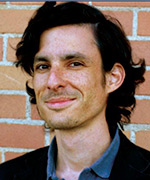
Associate Adjunct Professor
ffierro@health.ucdavis.edu
The Fierro lab primary works on altering gene and microRNA expression levels of human MSC to either optimize their therapeutic potential for applications such as bone repair, non-healing ulcers and critical limb ischemias or to understand the basic mechanisms involved in differentiation, proliferation, self-renewal, etc.
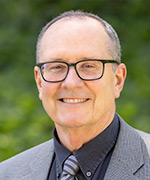
Distinguished Professor and Chair Emeritus
pgfitzgerald@ucdavis.edu
The FitzGerald lab has identified two proteins that are very divergent members of the intermediate filament family of proteins that assemble into a unique cytoskeletal element called the beaded filament. Both of these proteins and the beaded filament are expressed only in the lens.
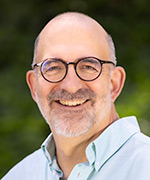
Professor
tmglaser@health.ucdavis.edu
The Glaser lab studies genetic mechanisms of vertebrate eye development, evolutionary conservation of gene networks, and transcriptional regulation. The lab's major interests include early patterning of the optic primordia and retinal cell fate specification.
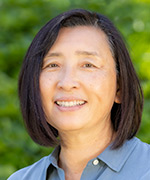
Professor
qzgong@health.ucdavis.edu
The Gong lab is interested in the molecular mechanisms regulating olfactory system development as well as pathogenesis in neurodegenerative disease models. We use mouse models and combine with current molecular genetics, genomics, and imaging approaches to investigate innate immune capacity and neuroinflammatory responses in the olfactory system.
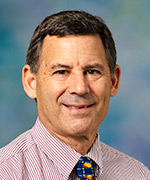
Senior Lecturer
dsgross@health.ucdavis.edu
Gross's research includes integrated management of childhood illness, tropical medicine and international health
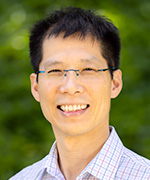
Professor
hyhho@health.ucdavis.edu
The Ho lab has focused on an evolutionarily conserved and clinically relevant signaling pathway called the Wnt5a-Ror pathway. The Wnt5a-Ror pathway regulates tissue morphogenesis as well as other developmental and regenerative processes, and dysfunction of the pathway causes a broad range of human diseases, including structural birth defects, neurodevelopmental disorders and metastatic diseases.
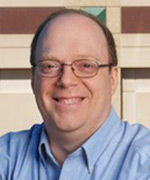
Professor
knoepfler@health.ucdavis.edu
The Knoepfler lab is interested in epigenetics in stem cells and cancer. We use cutting edge molecular, cellular and developmental biology methods as well as genomic and gene editing technologies to answer key open questions in these areas of research. We are particularly interested now in the roles of three factors normally in stem cells and during tumorigenesis: histone variant H3.3, the MYC family, and DPPA4. How do these factors link the epigenome to cellular behaviors and tissue growth?

Professor
3311 Tupper Hall,
Davis Campus
530-752-9103
alatorre@health.ucdavis.edu
The La Torre lab studies different aspects of retinal development, including retinal patterning, neurogenesis, and foveal development to devise novel treatments to restore vision. We use different animal models and stem cell-derived organoids in combination with molecular and histological approaches and imaging techniques.

Professor
janolta@health.ucdavis.edu
The basic research in the Nolta laboratory focuses on understanding the dynamics of stem cell migration and attraction to sites of injury. Following intravenous infusion, adult stem cells home to sites of tissue damage. Areas studied are cellular response to hypoxia and chemokines, cell motility, cell-to-cell interactions, and paracrine factors secreted by MSC at the site of injury.

Distinguished Professor
enpugh@health.ucdavis.edu
The Pugh lab studies phototransduction, the molecular and biophysical mechanisms by which rod and cone photoreceptors in the retina transduce light into electrical signals. In the past decade it has focused on phototransduction in mouse cone photoreceptors.
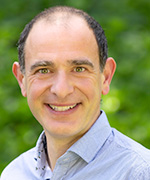
Associate Professor
ssimo@health.ucdavis.edu
The Simó lab studies the understanding of normal brain development to address developmental and neurodegenerative disorders

Professor
aftarantal@health.ucdavis.edu
The Tarantal lab’s research program includes the following areas of translational research:
- Gene therapy and somatic cell gene editing
- Stem and progenitor cell therapies / Regenerative Medicine
- Fetal: Pediatric models of human disease
- Fetal: maternal microchimerism and precision models
- In vivo translational imaging applications
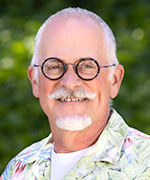
Distinguished Professor Emeritus
rptucker@ucdavis.edu
The Tucker lab studies cell-cell and cell-extracellular matrix interactions, especially how they relate to cell motility and differentiation. He also studies the evolution of extracellular matrix and cell-cell adhesion molecules. Model systems used include the development of the avian visual system, tumor metastasis, stem cell niches and growth and regeneration in the marine invertebrate Nematostella. Most of his work focuses on the roles of tenascins, thrombospondins and teneurins. Tenascins and thrombospondins are extracellular matrix glycoproteins that can influence cell motility, proliferation and differentiation in the embryo. They often reappear in tumors and at sites of trauma. Teneurins are transmembrane glycoproteins expressed by interconnected populations of neurons. Recent evidence suggests that teneurins evolved via horizontal gene transfer between a choanoflagellate and prokaryotic prey.



